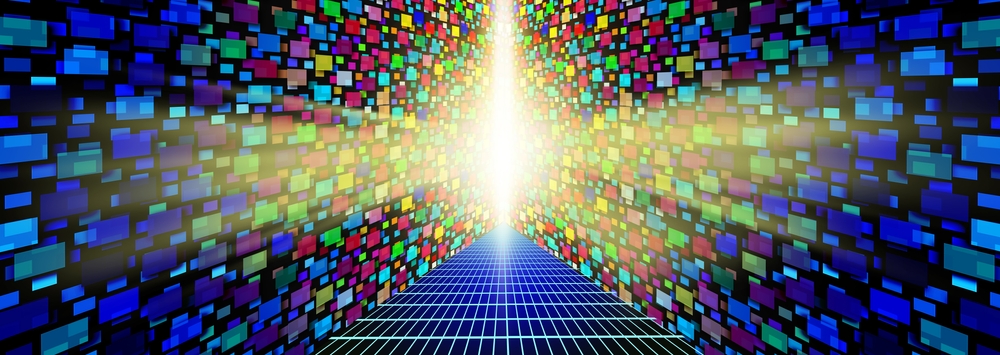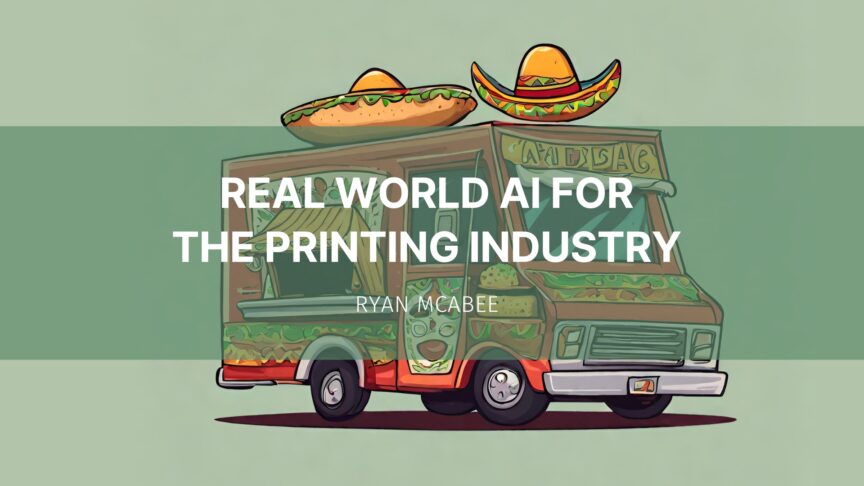Ryan McAbee, Pixel Dot Consulting
The hype and promise of Artificial Intelligence (AI) exploded last year when OpenAI released ChatGPT-4, which marked a significant advancement. Moving from the typical large language model (LLM) capabilities in many public AI applications, GPT-4 is a large multimodal model (LMM)that accepts image and text inputs and emits text output to generate more nuanced and accurate responses — it became more human-like. Today, there are more Generative Pre-trained Transformer (GPT) options from startup companies and established companies that are embedding the technology into their existing products, like Microsoft Copilot and Adobe Firefly.
Technologies like ChatGPT use LLMs and LMMs to generate new content based on a large body of pre-trained data. Using that information, it can respond to prompts and create new information based on past learning. Think of it as a person consuming the entire Internet and being able to iterate responses and new content from that vast body of knowledge. How can printing companies take advantage of these generative technologies?

Source: Shutterstock under license
Generative AI Use Cases for Printing
- Text-to-Image
Prepress and in-house designers can use generative-AI to quickly create conceptual designs and prototypes to fast-track customer acceptance and approvals. Many tools like ChatGPT’s DALL-E, Adobe Firefly, Shutterstock, and Canva offer text-to-image creation where the user describes the desired type and style of image to produce. For example, a prompt to create a “vibrant design for a truck vehicle wrap promoting a Mexican food truck using Pantone 165 C” produced the following within seconds. It is not perfect, particularly the text, but it is a good image for a customer to start from. The prompt could have also instructed the GPT engine to create 5 or 10 versions of the same design request, providing more options as a starting point. Using Adobe Firefly, the same technique can also be used to generate vector artwork using its text-to-vector feature.

Image generated with ChatGPT-4
- Design and Prepress Editing Tasks
AI can also perform non-destructive editing of images using techniques like generative fill. The Google Android feature of their Pixel phones is an example of how AI can remove unwanted objects or people from a photograph. Adobe’s Firefly technology allows more controlled generative fill options to fill an area of an image. Other current uses include the ability to recolor images quickly and enhance text to apply textures or generate 3D images. - Machine Learning
Recent attention on AI has focused on its generative capabilities, but the printing industry has been using machine learning (ML) far longer. Industry vendors use it to enhance their printing technology and improve operations for their customers. Vendors are using ML with inspection control systems to improve color, including full profiling and quality control, and print quality output through defect detection and correction. Some also capture and aggregate machine data that is either used for predictive maintenance or presented back to users as benchmarking data to see how they compare to others using similar equipment.
The Bottom Line for AI in Printing
AI has the potential to be a pivotal transformation point within print, far more than the many analog-to-digital changes that came before. If AI, in its many forms, was a baseball game, then we are in the first inning. The technology is evolving quickly and becoming more capable and reliable. Companies must pay attention to developments within and outside of the printing industry and determine how they can best be applied to their business.

